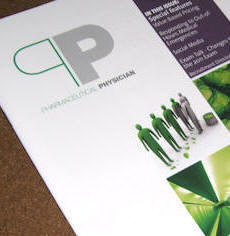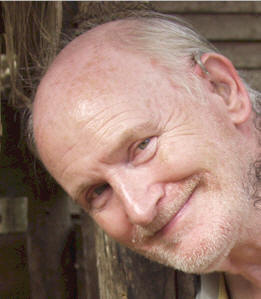

Hugh Gibbons'
references and extra information
PPhunnybone for July 2013
for
pharmaceutical physicians, colleagues and friends

 |
||
|
|
Hugh Gibbons'
references and extra information
|
|
|
PPhunnybonus Home |
PPhunnybones References |
PPhunnies at Work |
PPhood
for Thought |
PPhurther Education: Dip.App.Gelotology |
PPhunnybonus Contact |
|
|
|
||
|
METTLURGISTS
I’m
into metal detecting. You
put on headphones and sweep fields – some stubble, some stubborn.
If you hear a bong, you dig.
Sometimes you detect your
bootlaces. It’s great
bending exercise for several hours, in the open air.
So far my best finds are
ox-shoes (yes!) and rusty clout nails, which for me are more useful in
the garden than coins.
We
fixate on metal. So we
wouldn’t have found the wonderful wooden Vindolanda letters, the bones
of Richard III, or Stonehenge. Or
the Tyneside tombstone of a retired Roman soldier, Barathes.
Coming from Palmyra - now Tadmur - in Syria, he married a young
British girl, Regina. His
former slave. (And what’s
the story behind THAT relationship?)
We know
nothing of the individuals associated with the relics we find.
Others
are better placed. In San
Salvador, the Carmelite nuns running the Divine Providence cancer
hospital also look after a little museum visited by thousands each year.
It has the surviving personal
possessions of Archbishop Oscar Romero.
He was the famous voice for human rights and social justice,
assassinated at Mass in the hospital chapel in 1980.
The relics include bloodstained
garments, ripped as surgeons – and nuns -desperately tried to save him.
As befits this modest man who said “Aspire not to have more but
to be more”, Romero had just three pairs of socks: one on, one in the
wash, one in the drawer.
And an insulin kit – he had to fight diabetes along with everything
else. Nuns the world over include many tough cookies along with gentle hands. So do forensic teams trying to put a name to remains. Try The Bone Woman by Clea Coff. At 23, a graduate studying prehistoric skeletons in California, the UN recruited her to uncover hard evidence of genocide among the butchered bodies in Rwanda (before she went to Bosnia, Croatia and Kosovo...) It’s an appalling yet uplifting must-read.
One
story haunts. She organised
a Clothing Day – a classic way of helping identification.
But the many uncertainties meant only one relic could confidently
be linked to a name: a wooden prosthetic leg.
Everyone knew the owner.
I
treasure sharing platforms after the 2004 Tsunami with Sergeant Gill
Williams. She headed the
Thames Valley Police Search & Recovery team.
That meant she was, well, comfortable with handling bodies
recovered in all sorts of states.
So Gill was ideal to go and help with identification in Thailand.
Her duties included thawing the
bodies ready for examination in a tent they called The Opera House –
because everyone sang at their work.
Clothing there helped a lot, and Gill signed off many bodies for
burial by their families.
And
surrounded by all that suffering, Gill suddenly aspired not to have more
but to be more. She and
Peter Baines, a counterpart sent by the Australian police, decided to
arrange, fund and build an orphanage for 50 children.
As one does. Within
a year, it opened – and flourishes.
Astonishingly, people in the UK and Oz have raised £4million for
Hands Across the Waters.
Maybe
mettle-detecting is what we should all be into.
Discuss. |
|||
|
|
|
||

For more information at any time,
contact E-mail: hughgibbons@just1.org.uk
|